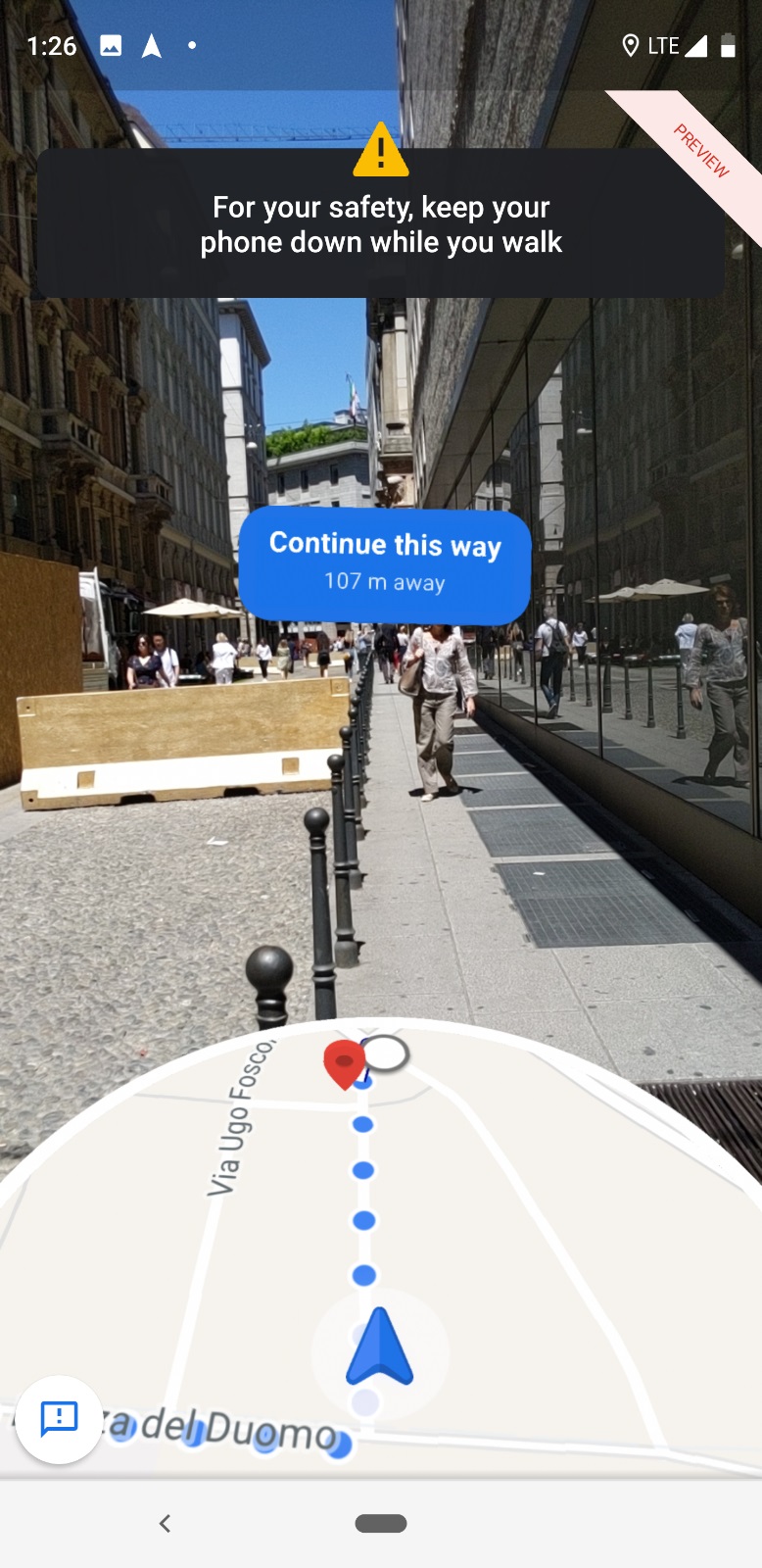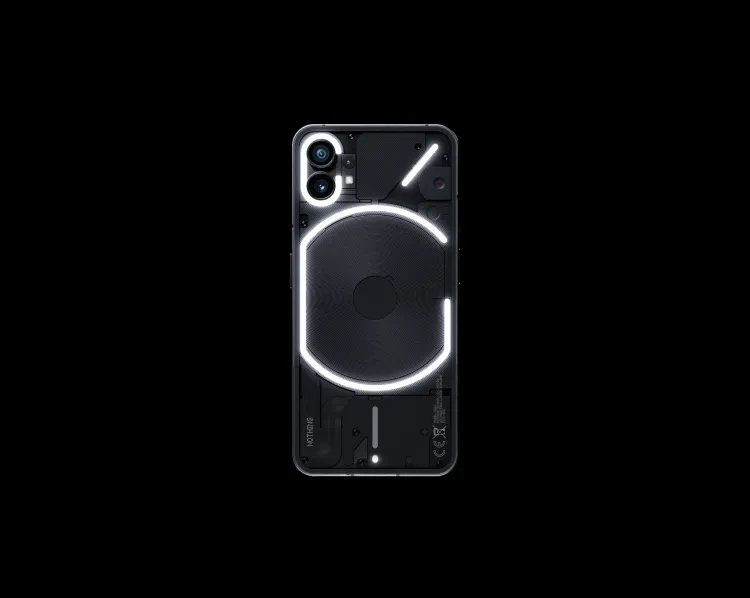Beyond screen time: designing for digital wellbeing

In the age of constant connectivity, the conversation around digital well-being often centers on one metric: screen time. But reducing hours in front of a screen doesn’t necessarily equate to a healthier relationship with technology. The real challenge lies in designing digital experiences that support mental health, foster meaningful interactions, and encourage balance. The knee jerk response is to limit use, but I think there’s a better solution in enriching it instead.
Rethinking digital wellbeing
Digital wellbeing is about more than managing distractions; it’s about creating environments where people can thrive. This means designing for:
Intentional Use: Encouraging mindful engagement rather than passive scrolling (although the endless scroll as pioneered by Pintrest was an excellent solution for engaging people in the platform back then). We’ve had our fun with endless scrolling, we need meaningful engagement now. All those hours that vanish out of our lives need to be account for somewhere, check these stats:
The average person spends 2 hours and 24 minutes on social media every day.
The average American checks their mobile device 159 times a day.
Emotional Health:Reducing anxiety, fostering joy, and creating space for reflection. I think it’s ok if those 2hrs and 24mins are nourishing you and giving back to the world in some way. Are they?
Meaningful Connection: Designing tools that deepen relationships rather than dilute them. I’m not sure that social media on the whole has achieved this, rather we monetised something that showed social promise into a way to serve us more ads and entice us to either buy some stuff (or while away the hours into the void). Research in the Journal of Medical Internet Research indicated that the association between social media use and loneliness varies based on users’ motivations. Specifically, individuals using social media primarily to maintain contact experienced higher loneliness with increased use, whereas those using it to avoid difficult feelings did not show a significant association.
Inspiration from Artists and Designers
To design for digital well-being, we can draw inspiration from artists and designers who challenge the norms of efficiency and productivity, instead focusing on human-centered experiences:
Jenny Odell (@the_jennitaur) - In her book “How to Do Nothing: Resisting the Attention Economy”, Odell explores the value of observation, presence, and intentional disengagement from the digital noise. Her work asks us to reconsider the act of “doing nothing” as a form of active resistance and mindfulness.
James Bridle (@jamesbridle) - A thinker and artist whose work delves into the intersection of technology, culture, and consciousness. In New Dark Age, Bridle discusses how our information overload contributes to societal confusion and anxiety, calling for more transparent, thoughtful design.
”In his brilliant new work, leading artist and writer James Bridle offers us a warning against the future in which the contemporary promise of a new technologically assisted Enlightenment may just deliver its opposite: an age of complex uncertainty, predictive algorithms, surveillance, and the hollowing out of empathy”.
- Timo Arnall (@timoarnall) - Known for his work on making invisible digital infrastructures visible, Arnall’s projects like *Immaterials* help us understand the hidden layers of technology that shape our daily experiences.

The role of AI in digital wellbeing
As we integrate AI into our design processes, the stakes for digital well-being become even higher. AI can personalize experiences, predict needs, and optimize interactions but without intentional design, it can also amplify the issues we’re actually trying to address: addiction, information overload, and emotional burnout.
How do we ensure AI contributes to pleasurable, healthy, and safe experiences for humans? Here are a few thought starters:
Human-Centered AI: Design AI to augment human capabilities, not replace them. AI should support creativity, critical thinking, and emotional intelligence, not diminish them. We need to be clear about how we want to live, work, love, parent, … and ensure the experiences we’re creating support that. It’s becoming fairly easy to produce stuff but it’s all the grounding principles of design still apply: "Recognizing the need is the primary condition for design" - Charles Eames.
Heart-centred Design: As AI-driven experiences become more prevalent, there’s a risk of hollowing out empathy: replacing human nuance with efficiency-driven automation. How can designers ensure that AI enhances, rather than diminishes our ability to connect, understand, and care for one another? What strategies can we use to embed humanity, inclusivity, and emotional intelligence into AI-powered interactions, making them feel more meaningfully engaging activating hearts as well as minds?
Designing AI with the capability to recognize and respond to human emotions can foster more empathetic interactions. ositive computing focuses on designing technology that supports psychological well-being and human potential. By incorporating elements that promote positive emotions, engagement, and meaningful experiences, designers can create AI interactions that not only perform tasks efficiently but also enrich users’ lives emotionally.
Intentional Friction: Instead of seamless, mindless engagement, introduce thoughtful pauses. This could be as simple as a reflective prompt before making a purchase or a gentle nudge to take a break. Google maps does this nicely in AR walking directions.

Diverse Inputs: AI models often rely on data-driven patterns that prioritize efficiency, but truly rich experience comes from a broad range of perspectives. By incorporating insights from artists, philosophers, and designers outside the tech sphere alongside ensuring the inclusion of women, racially diverse voices, and underrepresented communities. This way we can build more nuanced, equitable, and human-centric systems that reflect the full spectrum of human experience.
A Call to Action
Designing for digital well-being isn’t about rejecting technology, it’s more about reshaping our relationship with it. As designers, we have the power to craft digital spaces that aren’t only functional, but fulfilling. Spaces that encourage us to be present, reflective, and connected.
It is time to move the conversation beyond screen time and instead design for time well spent. Moments that amplify our human experience and respect our human, planetary and societal needs. Prototype something beautiful and meaningful today.
Thanks for reading The Percolator! Subscribe for free to receive new posts and support my work.







